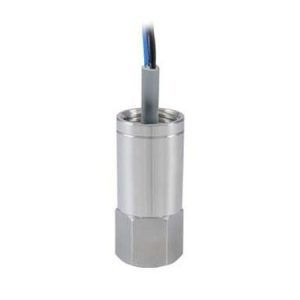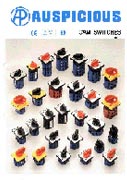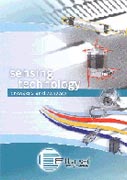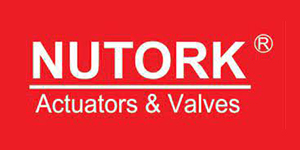 Introduction
Introduction
Vibration sensors are an important component of automation systems as they play a crucial role in monitoring and controlling the vibrations produced by machinery and equipment. The use of vibration sensors in automation has become increasingly important in recent years, as it enables operators to detect early signs of wear and tear in machines and take preventive action before more severe damage occurs. In this article, we will explore the application of vibration sensors in automation, the different types of sensors available, and the benefits they offer.
Application of Vibration Sensors in Automation Vibration sensors are used in a variety of automation applications, including:
- Industrial Machinery: Vibration sensors are used in industrial machinery to monitor the vibration levels of equipment and detect early signs of wear and tear.
- Rotating Equipment: Vibration sensors are used in rotating equipment such as motors, pumps, and turbines to monitor their vibration levels and prevent catastrophic failure.
- Transportation: Vibration sensors are used in transportation applications to monitor the vibration levels of vehicles and ensure their safe operation.
- Aerospace: Vibration sensors are used in aerospace applications to monitor the vibration levels of aircraft and ensure their safe operation.
Types of Vibration Sensors There are several types of vibration sensors available, including:
- Accelerometers: Accelerometers are the most commonly used vibration sensors. They measure acceleration and convert it into an electrical signal that can be used to determine vibration levels.
- Velocity Sensors: Velocity sensors measure the velocity of the vibration and convert it into an electrical signal.
- Proximity Sensors: Proximity sensors measure the distance between two objects and are used to monitor the vibration of rotating machinery.
- Impulse Sensors: Impulse sensors measure high-frequency vibrations and are used in applications where fast response times are required.
Benefits of Vibration Sensors in Automation Vibration sensors offer several benefits in automation applications, including:
- Early Detection: Vibration sensors enable early detection of wear and tear in machinery, allowing operators to take preventive action before more severe damage occurs.
- Increased Safety: Vibration sensors increase safety by monitoring the vibration levels of equipment and preventing catastrophic failure.
- Improved Efficiency: Vibration sensors improve efficiency by enabling predictive maintenance and reducing downtime.
- Easy Integration: Vibration sensors are easy to integrate into existing automation systems, with a wide range of interfaces available, including analogue, digital, and serial.
Conclusion
Vibration sensors are an essential component of automation systems that require precise monitoring and control of machinery and equipment vibrations. They offer several benefits, including early detection of wear and tear, increased safety, improved efficiency, and easy integration into existing automation systems. With their versatility and wide range of applications, vibration sensors are likely to remain an integral part of the automation industry for many years to come.































